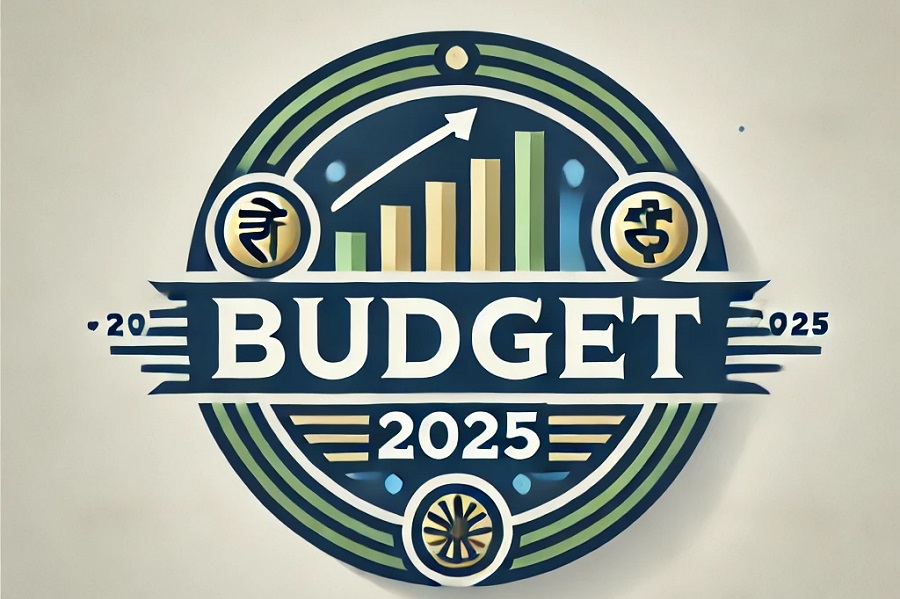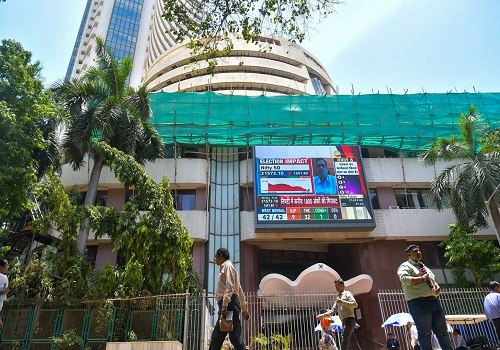Perspective on the expectations from the upcoming Interim Budget by Mr. Shishir Baijal, Chairman and Managing Director, Knight Frank India

Below the perspective on the expectations from the upcoming Interim Budget by Mr. Shishir Baijal, Chairman and Managing Director, Knight Frank India.
"The primary aspiration of the typical Indian is to have a home of their own, a formidable undertaking in a developing nation like ours. While the government has taken steps through the Pradhan Mantri Awas Yojana to address this issue, home ownership is still far from reality for the masses of the country.
For a large section of population, affordability remains the biggest challenge with the right home always being just out of reach for prospective homebuyers. On this front, the union budget has provided relief in the past by facilitating tax deductions for principal and interest components of home loans and even harvesting capital gains from sale of existing property. We believe that these measures can be tweaked further to have a real impact on affordability.
1) Boost for affordable housing
The share of sales in the <INR 50 lakh housing units (affordable housing sales) segment has dropped steadily from 48% in 2018 to 30% in 2023. Even as overall housing sales go from strength to strength and stand at 10-year highs, affordable housing sales have dropped 16% YoY in 2023. Homebuyers in this segment are most impacted by affordability constraints in an inflationary scenario characterized by high interest rates and increasing residential prices.
a) The PMAY scheme which provides for central subsidy is valid till December 2024. The scheme should be extended till December 2025 as it is currently the most potent tool that the government has, to support the affordability of homebuyers in the economically weaker sections.
b) The eligibility criteria for homebuyers under the PMAY scheme restricts the interest subsidies in the range of INR 2.3 to 2.7 lacs. This criterion can be enhanced to support affordability. Increasing this will make the scheme more market aligned, considering increasing residential prices especially in urban India. This will serve to reduce the EMI burden of the homebuyer and enhance affordability. Additionally, it will also increase overall loan eligibility to further augment affordability.
c) Maximum deduction for home loans u/s 24
i) To invigorate the housing market, especially in the affordable segment most affected by the pandemic, it is imperative to enhance the tax rebate on home loan interest rates under Section 24 of the Income Tax Act from INR 2 lakh to a minimum of INR 5 lakh.
d) Focused benefit u/s 80 C
i) At present, Section 80 C of the Income Tax Act does not provide for a focused benefit on housing which is the largest and most important expense item for most taxpayers during their lifetimes. A separate annual deduction of INR 150,000 for principal repayment will improve housing affordability and provide the much-needed fillip to opt for home loans.
2) Incentivising rental housing
a) In addition to supporting homebuyers, the budget can also play a part in incentivizing rental housing for the low-income segment for many of whom, acquiring a home is simply not an option. There are houses in the sub-50 lakh ticket size that have been acquired as an investment but remain unoccupied as owners do not find it viable to rent out due to the low prevailing yields.
The budget could introduce a 100% exemption for rental income up to INR 3 lakh for houses costing up to INR 50 lakh. This would incentivize investors to rent out properties and augment the supply of rental accommodation in the segment which is the most impacted by the housing shortage.
b) Land availability in the right location at the right price is the biggest challenge for the development of affordable housing today. Free market forces will never allow lower prices for properties in desirable locations than the market prices and hence need to be government regulated. Government owned land in urban areas owned by the railways or defense forces can be used for high density rental housing development.
i) The housing units built here will be let out at a ~2% yield on the rateable value in that location.
ii) These units will be available for long term rental housing, only for homebuyers who fulfill the qualifying income criteria for the affordable segment and never be allowed in the open market.
iii) The government will retain ownership of the land/ property and will be responsible for its maintenance and upkeep.
3) Making home purchases more tax-efficient - Long term capital gains benefit u/s 54
a) Under section 54 of the Income Tax Act, long-term capital gains from sales of existing house can be utilized in buying or constructing a new property. If the investment for exemption is done through an under- construction property, it can be claimed only if the construction of the property is completed within three years of sale of the earlier house.
Residential projects are continuously increasing in scale in terms of number of units, height and amenities which causes them to have completion timelines in excess of three years. Also, while the implementation of RERA has caused an improvement, the completion timelines of under-construction projects frequently exceed deadlines. This causes significant hinderances to homebuyers in setting-off capital gains in under-construction properties. To mitigate this, we recommend that the completion timeline of under-construction properties be extended to five years instead of the existing three."
Above views are of the author and not of the website kindly read disclaimer










Tag News

Post budget announcement on Insurance and Investment Banking Sector by Mr. Sharad Mathur, Ma...



More News

Budget Expectation Quote 2025 by Mr. Shivam Agarwal, VP - Strategic Growth, Sattva Group









